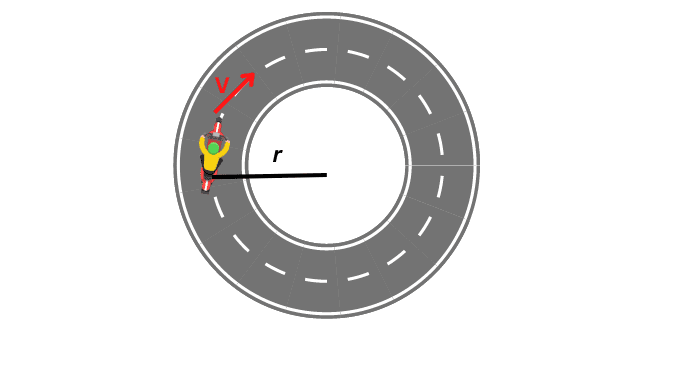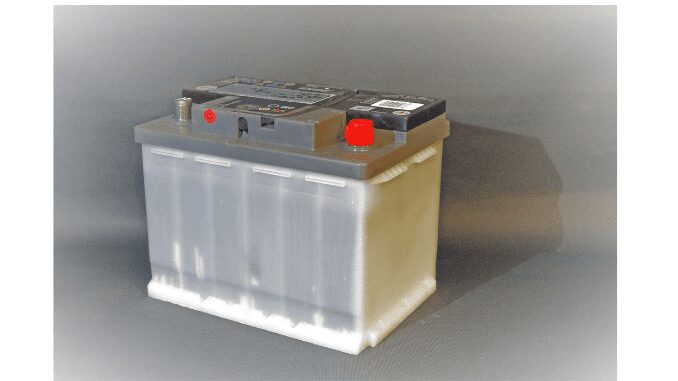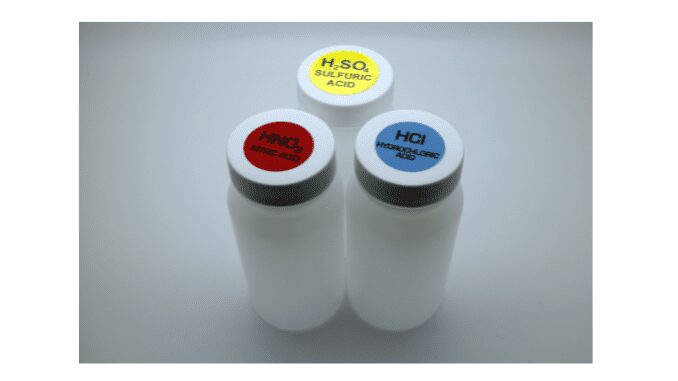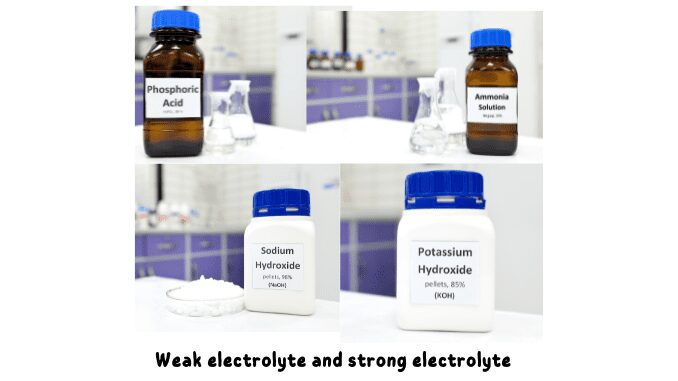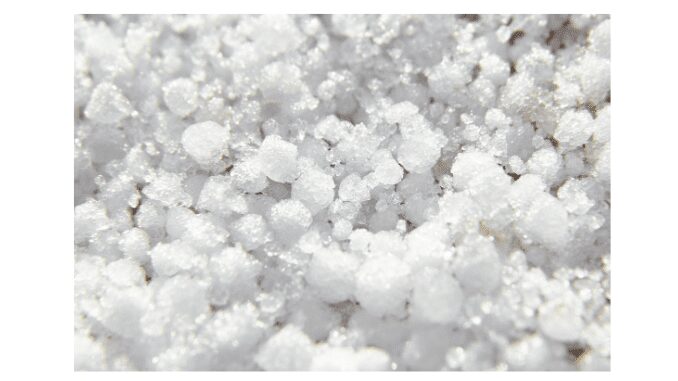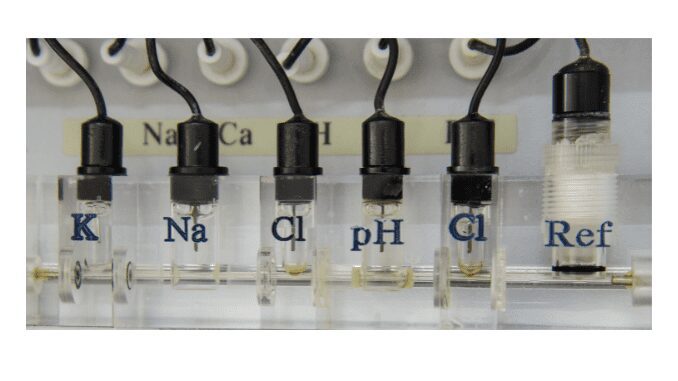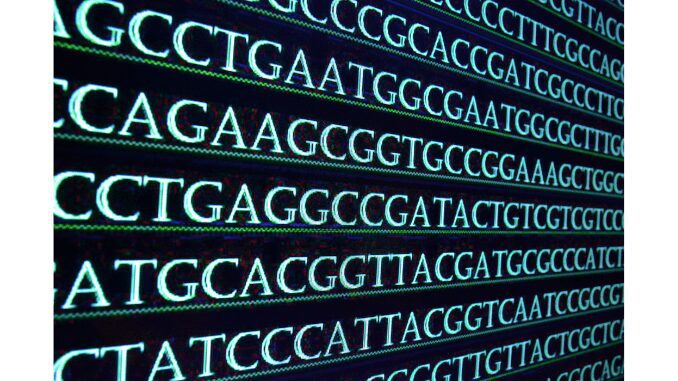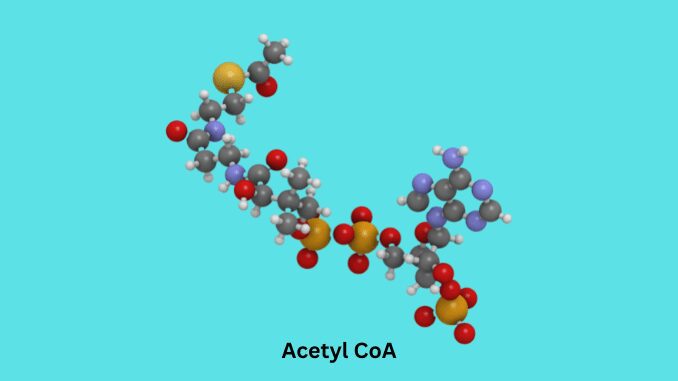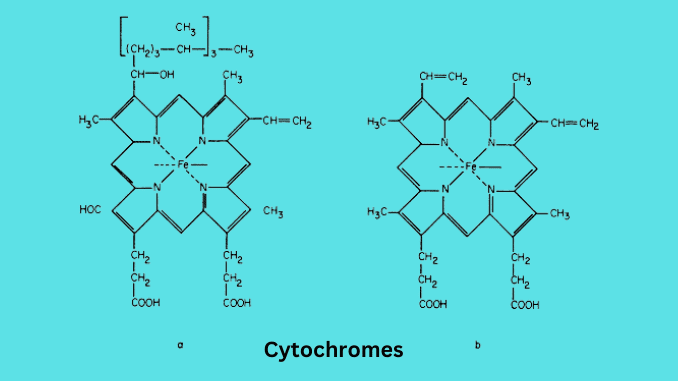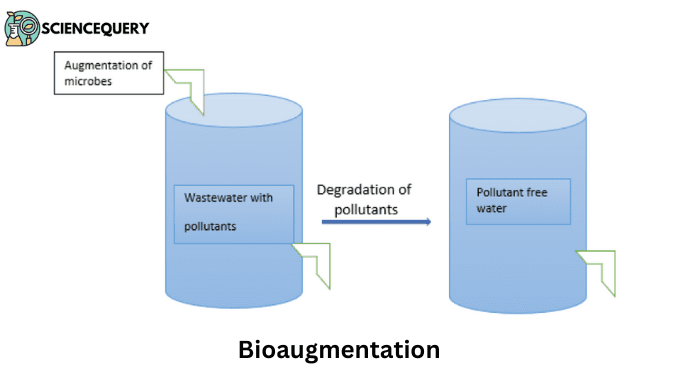Define uniform circular motion with examples
Know in one minute about Uniform circular motion When a particle or object moves along a curved or circular path, the motion of that particle or object is called circular motion. Motion while turning a vehicle on a curved road is circular motion. There are two types of circular motion, Nonuniform circular motion Uniform circular […]
Define uniform circular motion with examples Read More »

